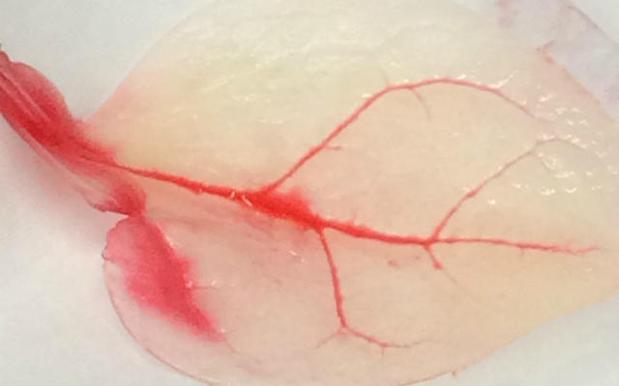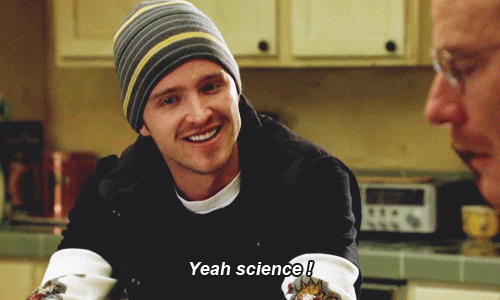
If ever there was an appropriate time to use the immortal words of Jesse Pinkman in a story, it’s now: when a team of giant-brained scientists who we’re lucky walk this earth have successfully managed to convert spinach leaves into beating heart tissue.
Spinach leaves. As in the edible plant you sprinkle on salads and pizza with barely a second thought, because it’s just plain ‘ol spinach.

Researchers at Worcester Polytechnic Institute in Massachusetts were looking for a solution to the worldwide organ donor shortage (we need more organs and tissue than we have and people who do receive transplants face the risk their bodies reject the new organ, not to mention a lifetime of immune system–suppressing drugs) when the vein-like structure of the spinach leaf provided a lightbulb moment.
“When I looked at the spinach leaf, its stem reminded me of an aorta,” said Joshua Gershlak, a biomedical engineer at WPI. “So I thought, let’s perfuse right through the stem.”
Gershlak and his merry band of engineers used chemicals to wash away most of the spinach leaves’ plant matter, leaving behind only the translucent scaffold, before injecting the veins with human cardiac muscle cells.
After five days, the mighty little cells started to beat.
“It was definitely a double take,” Gershlak said, of discovering the beating muscle cells. “All of a sudden you see cells moving.”
While it would be extremely cool if the red liquid you see coursing through the spinach veins was real blood, it’s only dye – for now. Researchers are hopeful they’ll soon be able to fuse the veins of spinach leaves to human blood vessels, implanting a graft in damaged heart tissue.
Next step: testing whether or not humans accept or reject the plant-like veins. Let’s just hope our bodies tolerate them better than we tolerate our five-a-day.

Source: Washington Post.
Photo: WPI.



